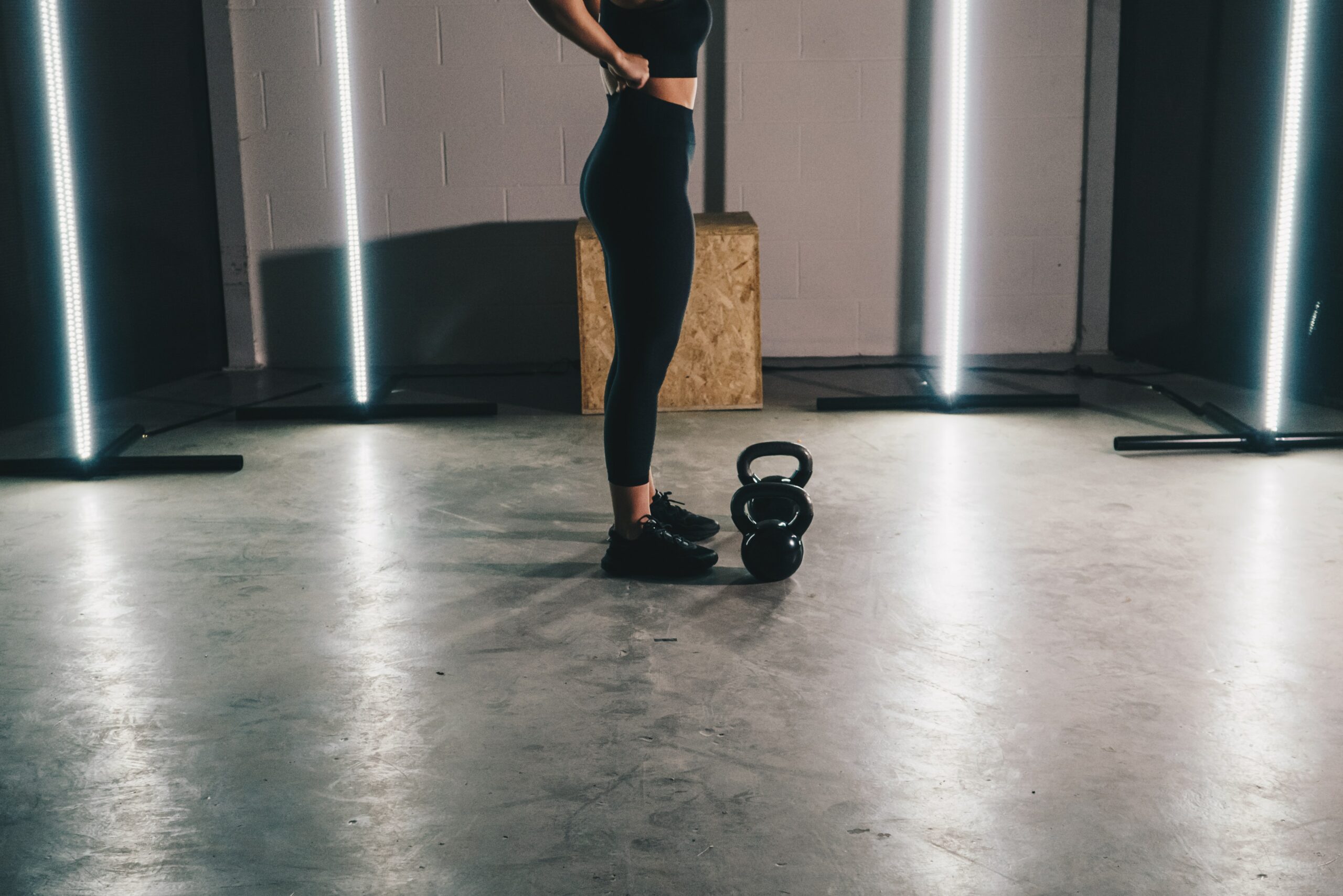Booty, butt, derriere, backside, rump, fanny, keister, caboose, tush. So many different names for the one body part everyone wants to build, tighten and tone.
By far the largest and strongest group of muscles in your body, the gluteals (gluteus maximus, gluteus medius, and gluteus minimus) and the hamstrings (biceps femoris, semitendinosus, and semimembranosus) work together to extend, rotate and abduct the hip. They also contribute to the stabilization of the pelvis, in particular during walking, running, and climbing.
A well-trained rear end isn’t just nice to look at. Strong glutes and hamstrings can help improve posture, alleviate lower back, hip, and knee pain, enhance athletic performance, reduce bone density loss and even eliminate that stubborn abdominal pooch. What’s more, because muscle burns more calories at rest than fat does, increasing lean muscle mass via glutes training can accelerate fat loss and help to keep it off.
All pretty good arguments for training your glutes, don’t you think?

5 Benefits of Glutes Training
1. Better posture
As a consequence of “sitting disease”, many of us suffer from poor posture. Tight, shortened hip flexors, weak, over-stretched hip extensors and glutes that ‘forget’ how to activate properly all contribute to the most commonly observed postural deviations: swayback and kyphosis-lordosis.
What’s more, forward-tilting hips push the abdomen out, creating the illusion of a ‘gut’, even in the absence of excess belly fat.
Try adding squats, lunges and deadlifts to your current strength training routine, making sure to adequately stretch out the opposing hip flexors to improve posture and reduce belly ‘pooch’. This is perhaps the quickest (and easiest) way to lose 5 pounds and appear an inch or two taller!
Related: 5 Ways to Have Good Posture
2. Pain reduction and injury prevention
Strong glutes support the lower back. When the glutes aren’t strong enough to perform their hip extension function, muscles that weren’t designed for the job will take over. Over time, these ‘helper’ muscles may become overstressed, resulting in pain and compression in the lumbar spine, hips, and knees.
Because the glutes are also hip stabilizers, weak gluteal muscles can result in poor alignment of the entire lower body, leaving you prone to injuries including Achilles tendonitis, shin splints, anterior cruciate ligament (ACL) sprains and tears and iliotibial (IT) band syndrome.
Protect your hips, knees and ankles by strengthening your glutes with hip thrusts, single leg deadlifts, and weighted clamshells.
Related: The Most Important Way to Maintain a Great Physique
3. Improved athletic performance
The gluteus maximus is capable of generating an enormous amount of power. This power can be translated into sports-specific speed, acceleration, vertical distance, and endurance. Training the hips to extend powerfully and propel the body forwards is key to improving your ability to run, jump, and cycle faster, harder, and longer.
Try adding in a day or two of lower body strength training on days when you’re not scheduled for a long run or cycle. And don’t forget to stretch and foam roll afterward to maintain hip mobility and flexibility. My favorite love-to-hate hip opener? Eka Pada Rajakapotasana, the one-legged pigeon pose.
4. Increased bone density
Bone density peaks somewhere between 5 and 10 years after we reach skeletal maturity. Starting as early as age 30, old and damaged bone is resorbed faster than new bone is formed resulting in an increased risk of osteopenia (lower than normal bone density) and osteoporosis (a progressive bone disease).
Exercises that place mechanical stress on the bones, including lower body weight training, running and some forms of yoga, can postpone and even reverse the effects of age-related bone-density loss. The earlier you start incorporating them in your training, the greater their potential benefits.
Related: How to Prevent a Weight Training Injury
5. Fat loss and fat loss maintenance
Fat loss requires a daily caloric deficit. Burn more calories than you consume and you’ll lose fat (more or less). Unlike adipose tissue, muscle is metabolically active, meaning that even when you’re not working out, your muscles will burn calories from stored fat. In fact, studies suggest that for every pound of muscle you build, your body will burn an extra 50 calories per day.
Given that the glutes and hamstrings are two of the largest muscle groups in the body, their potential contribution to fat loss is not to be underestimated. Try incorporating a variety of squats and lunges in a whole-body-compound-lift style circuit to build muscle, torch fat, and continue burning calories for 24 to 48 hours after your workout is over.
*******************
 Tamara Grand is a Certified Personal Trainer, Advanced Group Fitness Leader, and author of the popular fitness and health blog FitKnitChick.com. Grab a copy of her recently released Ultimate Booty Workouts, a 12-week progressive resistance training program for building the glutes you’ve always wanted.
Tamara Grand is a Certified Personal Trainer, Advanced Group Fitness Leader, and author of the popular fitness and health blog FitKnitChick.com. Grab a copy of her recently released Ultimate Booty Workouts, a 12-week progressive resistance training program for building the glutes you’ve always wanted.
Photo by Mondomac
